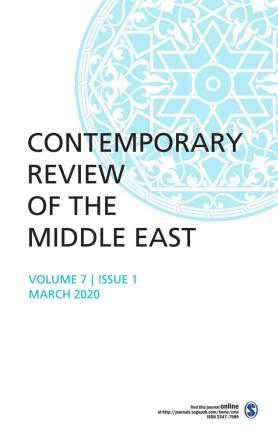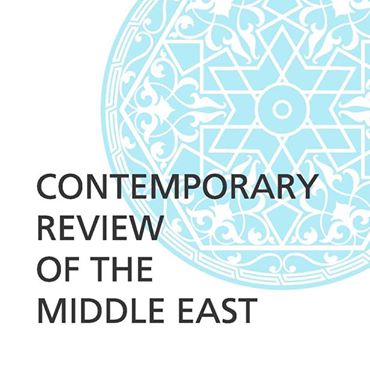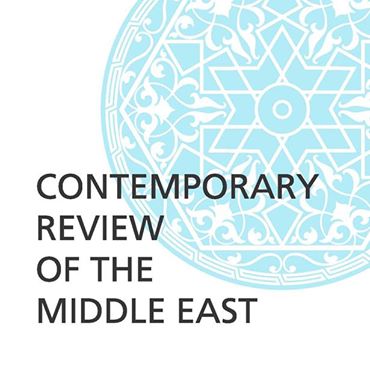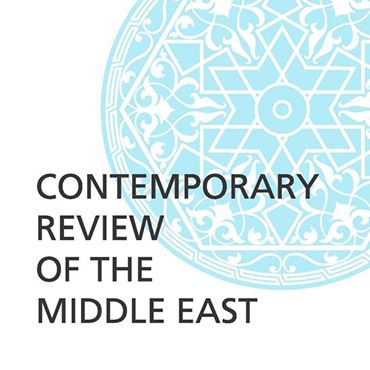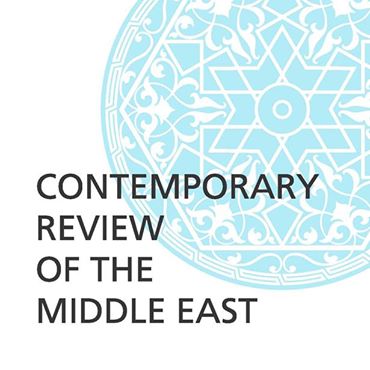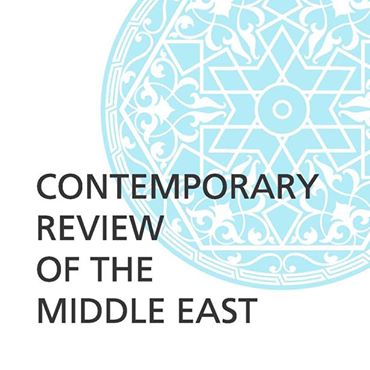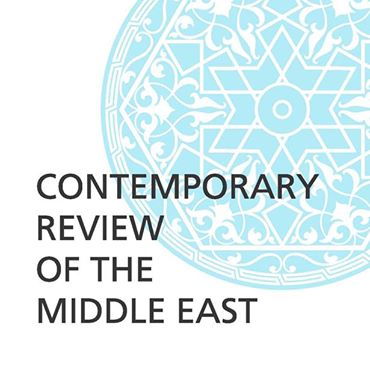Breaking
- MENU
Lorem Ipsum is simply dummy text of the printing and typesetting industry.
https://journals.sagepub.com/toc/cmea/current
.jpg)
Constraints and Adjustments in the US–Yemeni Relations
Jacob Abadi
Abstract
This article analyses the course of US–Yemeni relations from the 1940s to the present and aims to explain the reasons for the twists and turns in bilateral relations. It argues that the US government never developed a unique “Yemen policy” and that its attitude toward that country was determined largely by its ties with Saudi Arabia. Yemen began to loom large in US foreign policy in the early 1960s when Egyptian President Gamal Abd al-Nasser intervened on behalf of the Republicans who staged a coup against the Royal imamate regime, which relied on Saudi support. The article shows that President John Kennedy looked favourably on the new Republican regime in Yemen despite the robust relations that existed between the United States and Saudi Arabia. In addition, it argues that despite the war in Yemen, which lasted from 1962 to 1970 and caused instability in this region, this country did not loom large in US foreign policy. This was largely due to the British presence in south Yemen and especially in the port of Aden, which lasted until 1967. The article shows how the British withdrawal from Aden increased Yemen’s value in the eyes of US policymakers, but even then, no effort was made to fashion a unique policy toward this country. In addition, the article demonstrates how Washington’s attitude changed in 1969 when the country was divided into North Yemen, which tended to regard the Soviet Union as its protector and South Yemen, which continued to rely on US aid. And lastly, the article traces US–Yemeni relations from 1990, when the country reunited, until the present. It demonstrates how the bilateral relations were affected by the superpowers’ rivalry during the Cold War, the fight against terrorism, and disagreement between the Republican and the Democratic parties in the United States.
Keywords: US foreign policy, Middle East, Yemen, Gulf security, Saudi Arabia
For the text please see: Web Link
pp. 307–337
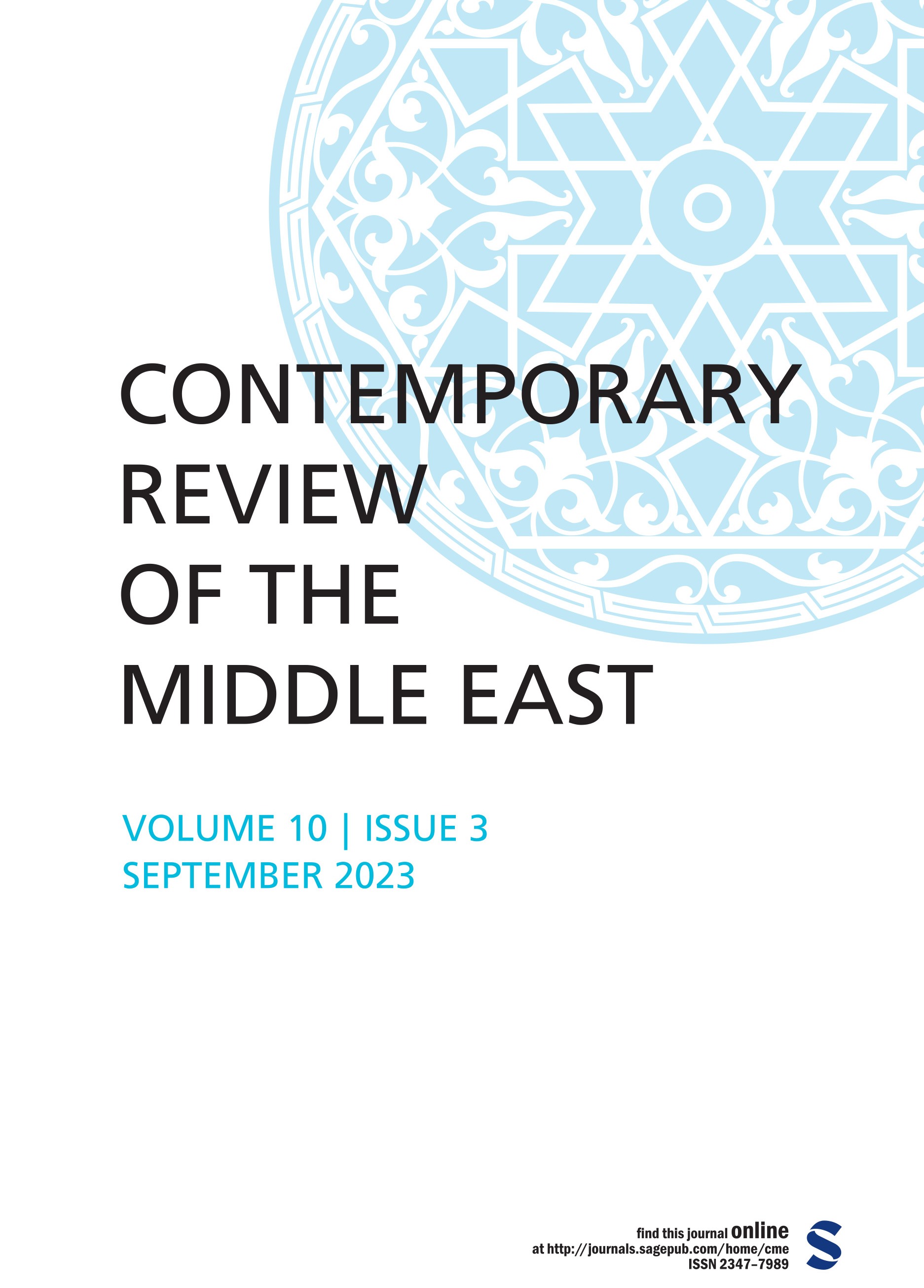
Invented Tradition as a Theoretical Approach Within Iranian Memory Studies: A Review Mohammad
Read More »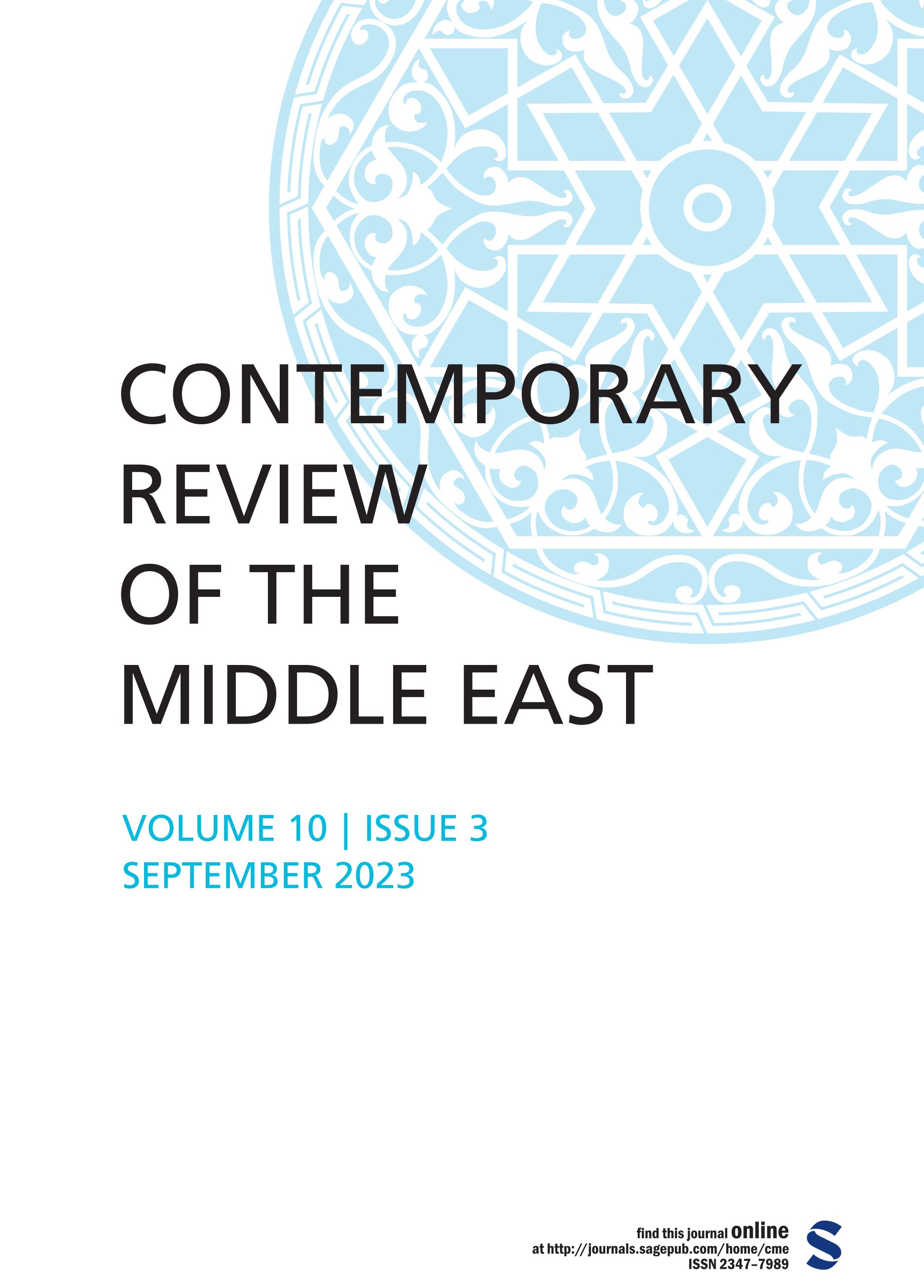
Neo-Ottoman Turk-Scape: Analyzing the Role of Dizis as Türkiye’s Soft Power Mohammad Reyaz and
Read More »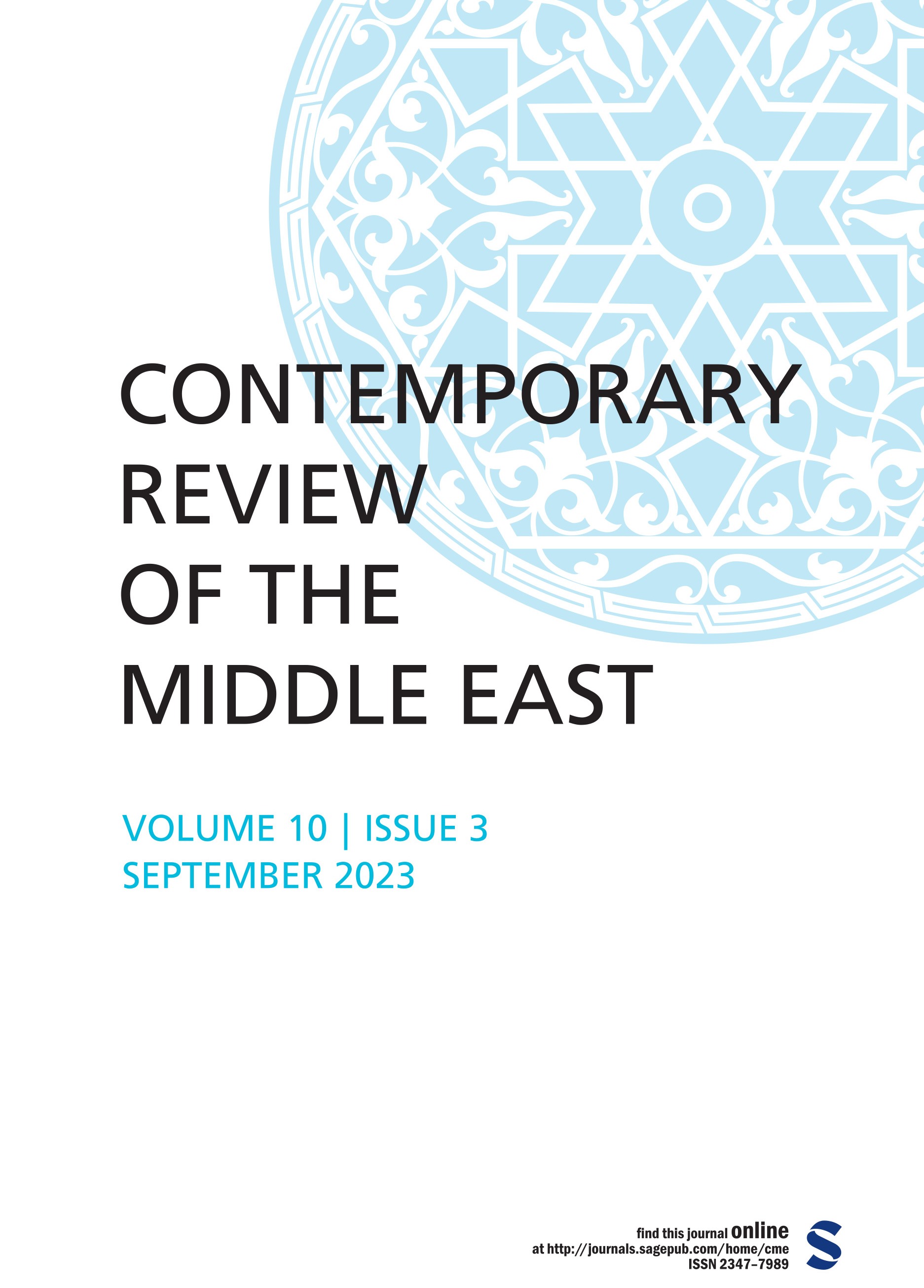
The Relations of Vietnam with the Middle East-North Africa Region: From a Divided State to an Important&
Read More »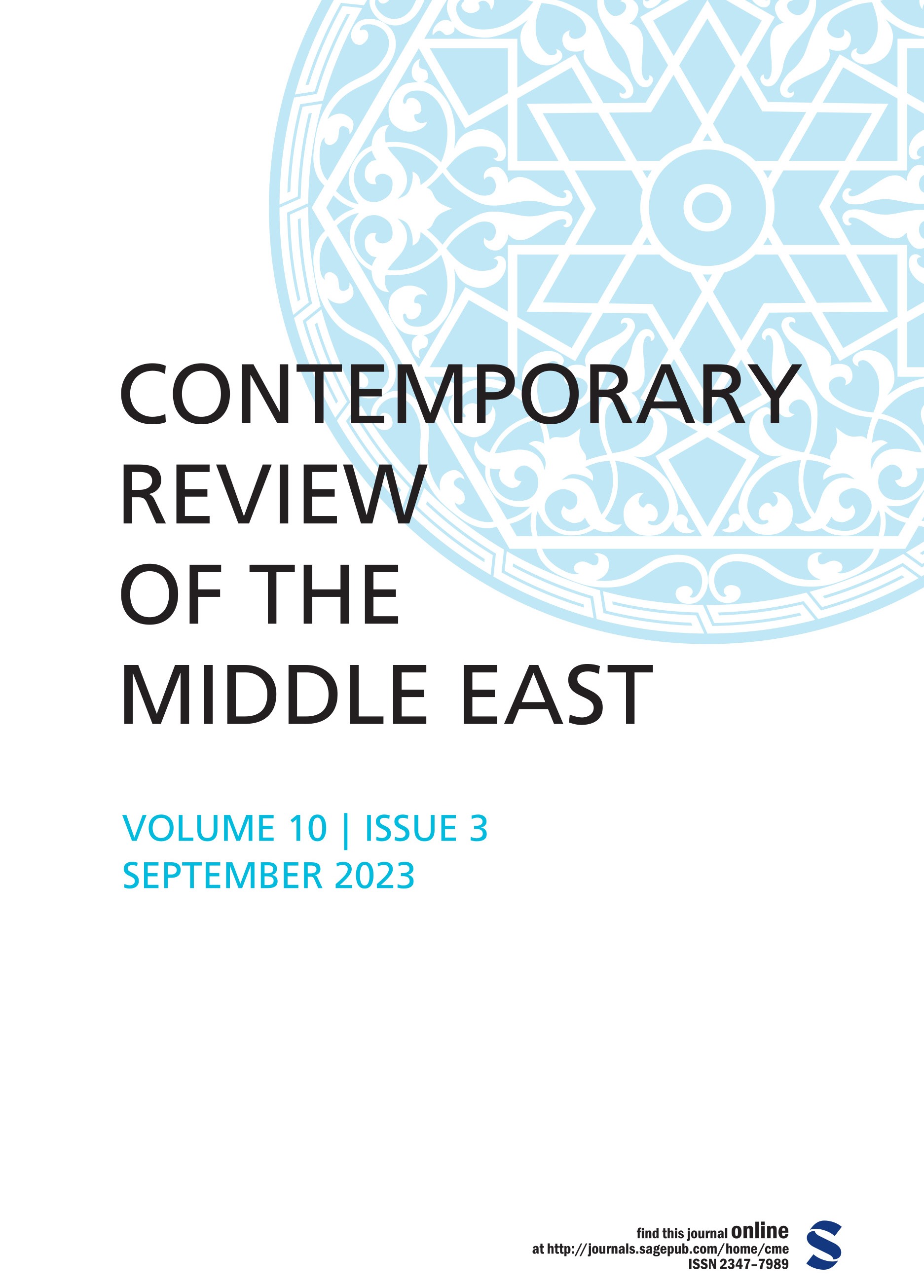
An Analysis of Yemen’s Geostrategic Significance and Saudi-Iranian Competition for Regional Hegemo
Read More »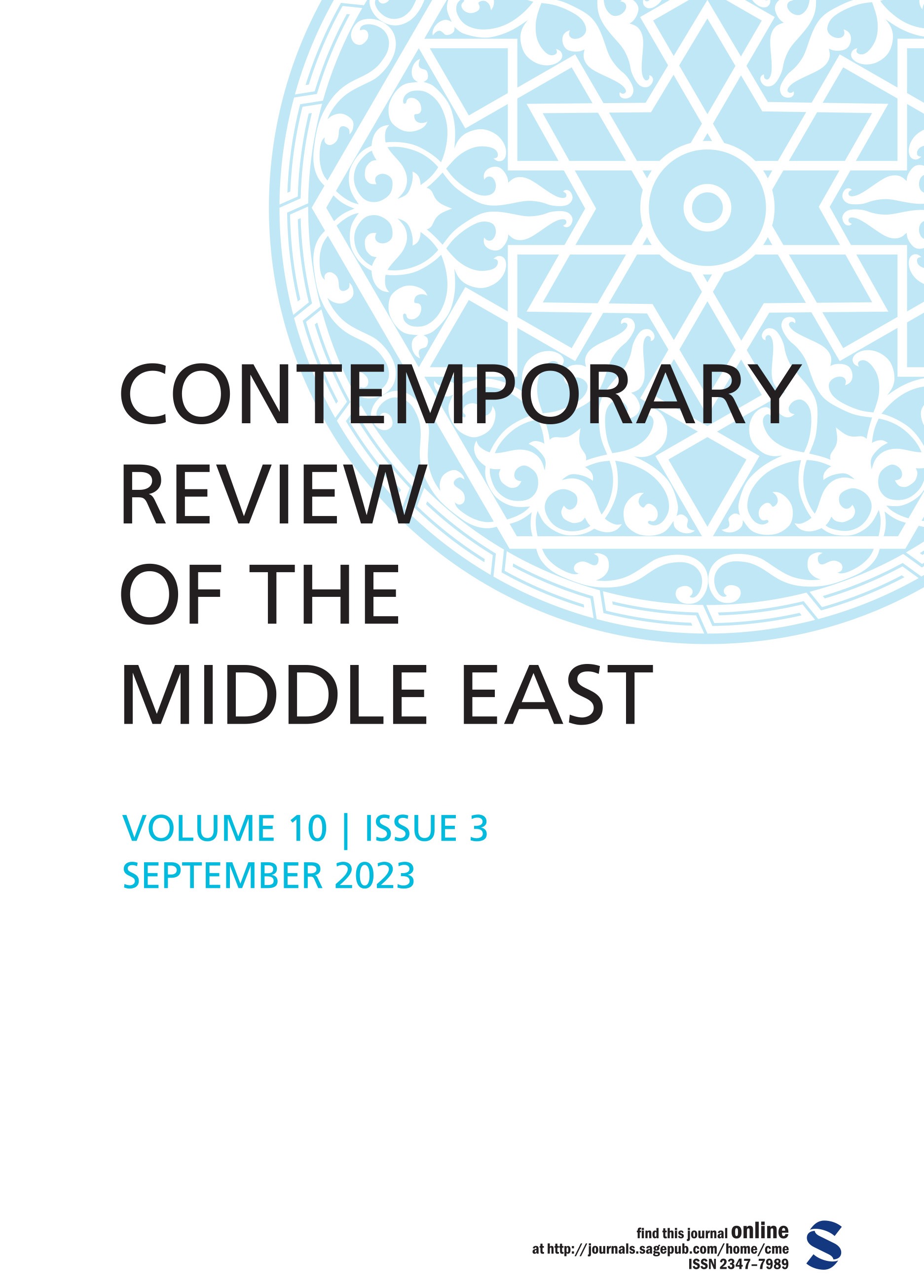
The National Reconciliation Process in Algeria During the Bouteflika’s Era: The Official Narrative Fa
Read More »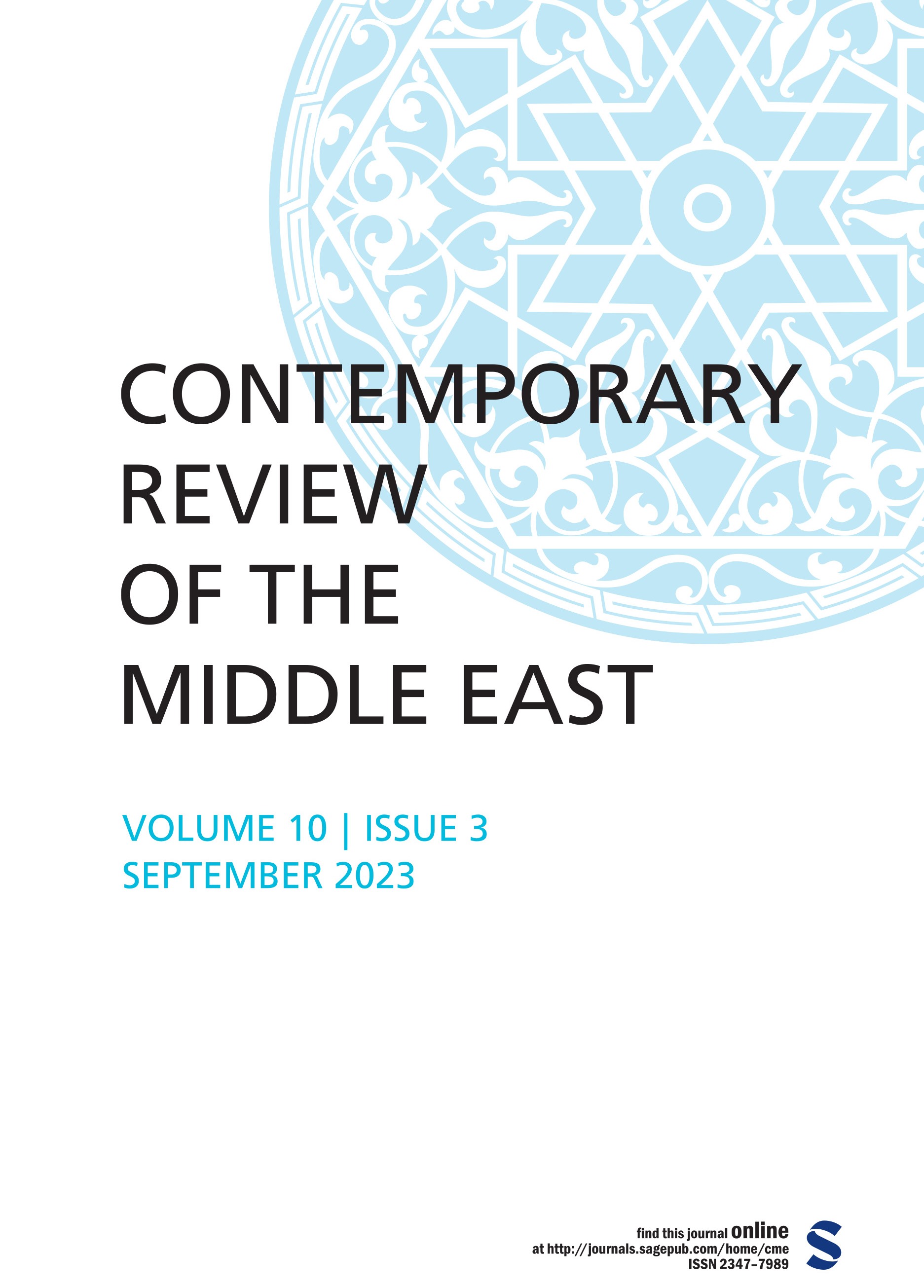
Dateline MEI When Netanyahu Rocks the Israel Boat, Nero Style P. R. Kumaraswamy For the text see: We
Read More ».jpg)
.jpg)
